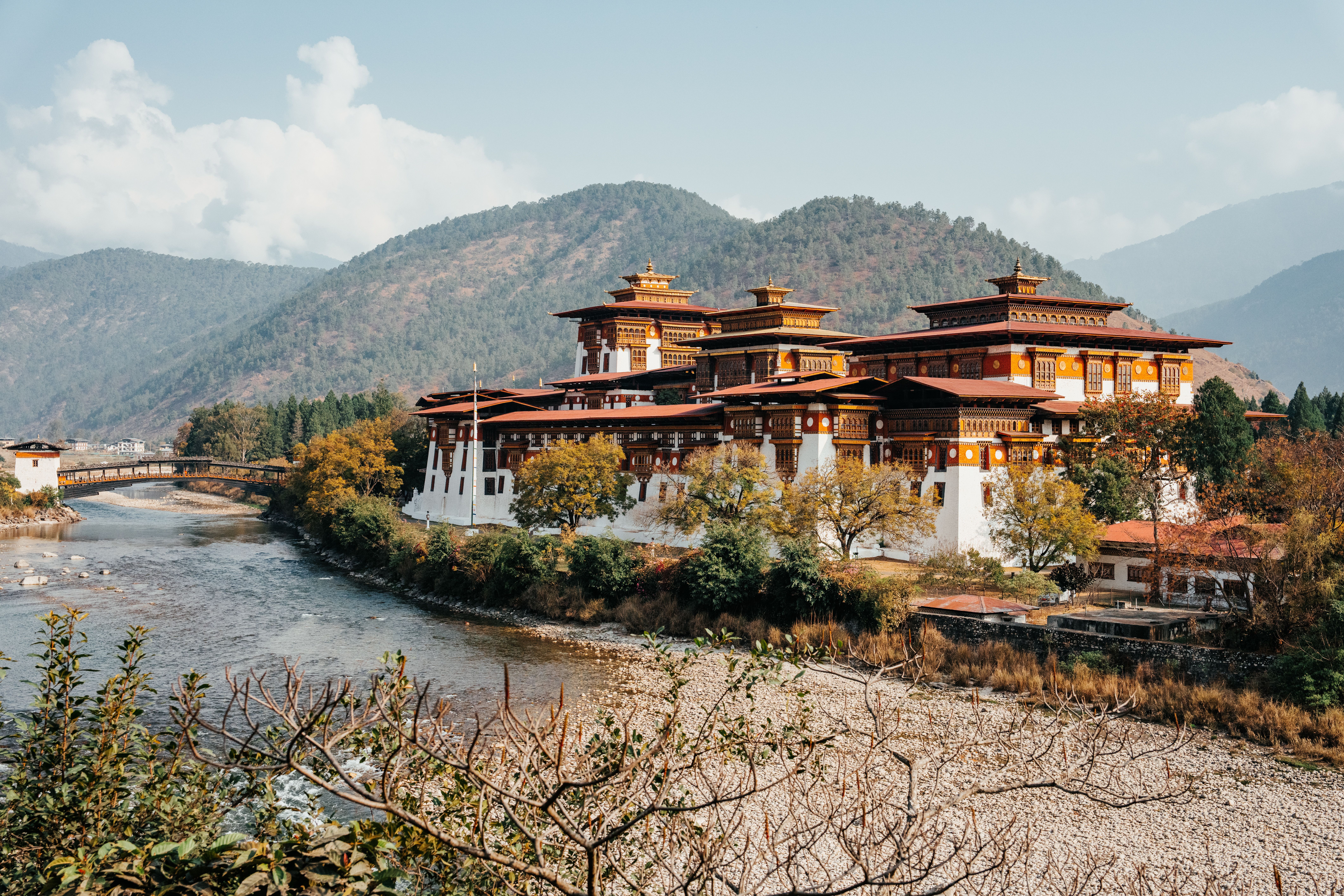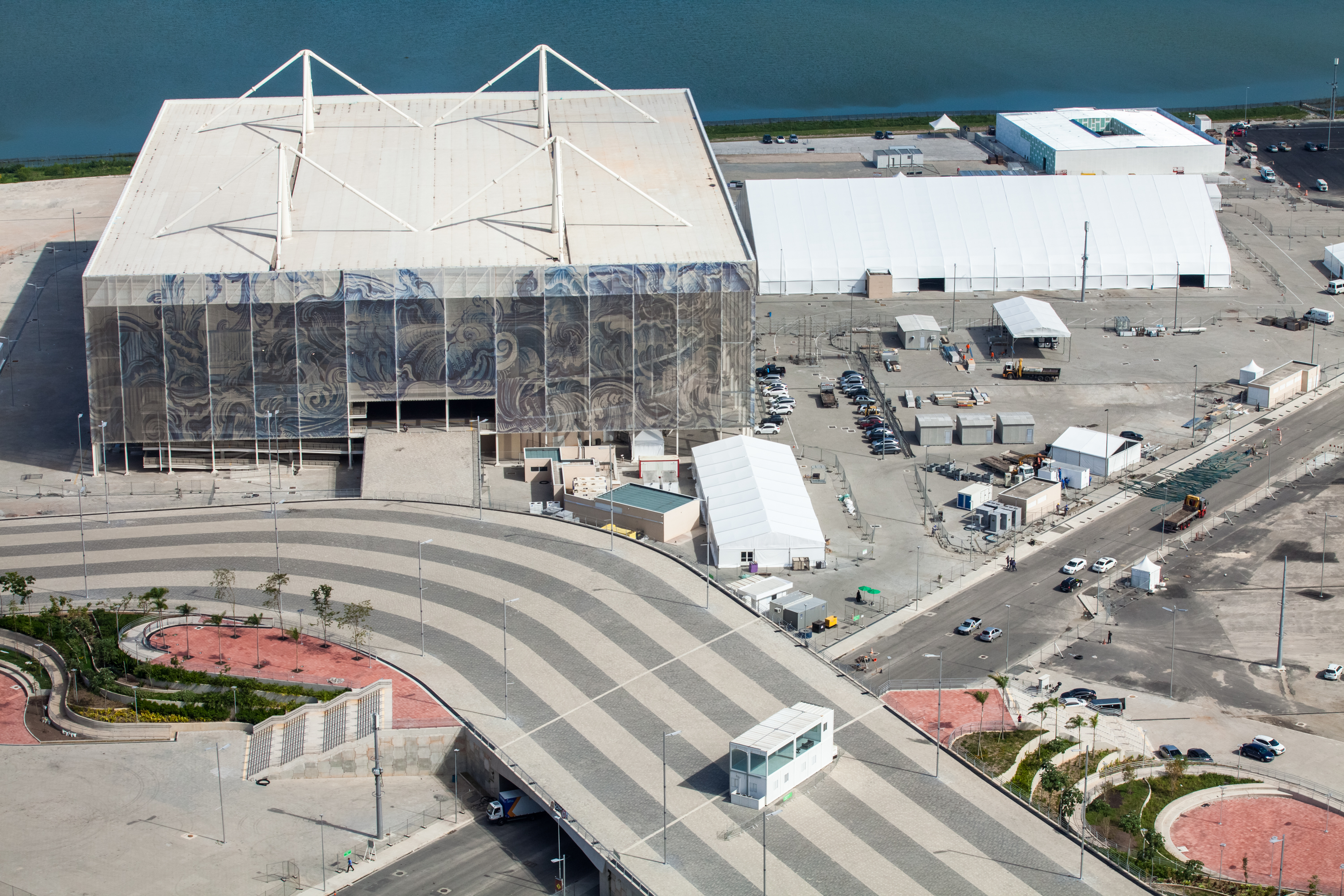11 Countries Where Tourists Are No Longer Welcome
In an era where global exploration has become a modern rite of passage, a surprising paradox is reshaping the travel landscape: nations once eager for visitors are now subtly (or overtly) tightening their borders. The magnetic allure of new cultures, cuisines, and breathtaking vistas is increasingly challenged by a growing list of destinations actively re-evaluating their welcome. This isn't just about fleeting pandemic restrictions; it's a profound re-thinking of what tourism costs. We're delving into 12 specific nations and iconic sites that are leading this quiet revolution, illuminating the complex reasons behind their decisions. From environmental preservation to cultural safeguarding and community well-being, prepare for a nuanced understanding of why some of the world's most cherished places are putting up new boundaries, offering a vital glimpse into the future of responsible exploration.
1. Bhutan: The "High-Value, Low-Impact" Pioneer

Bhutan remains the quintessential example of a nation intentionally limiting tourism. Since 1974, its "High-Value, Low-Impact" policy requires most visitors to pay a daily Sustainable Development Fee (SDF), currently $100 USD per person per night (reduced from $200 pre-pandemic). This isn't a ban, but a deliberate price point designed to attract discerning travelers who respect its pristine environment and unique Buddhist culture, ensuring tourism revenue directly funds healthcare, education, and ecological preservation. It's a strategic move to prevent overtourism and maintain authentic cultural integrity.








